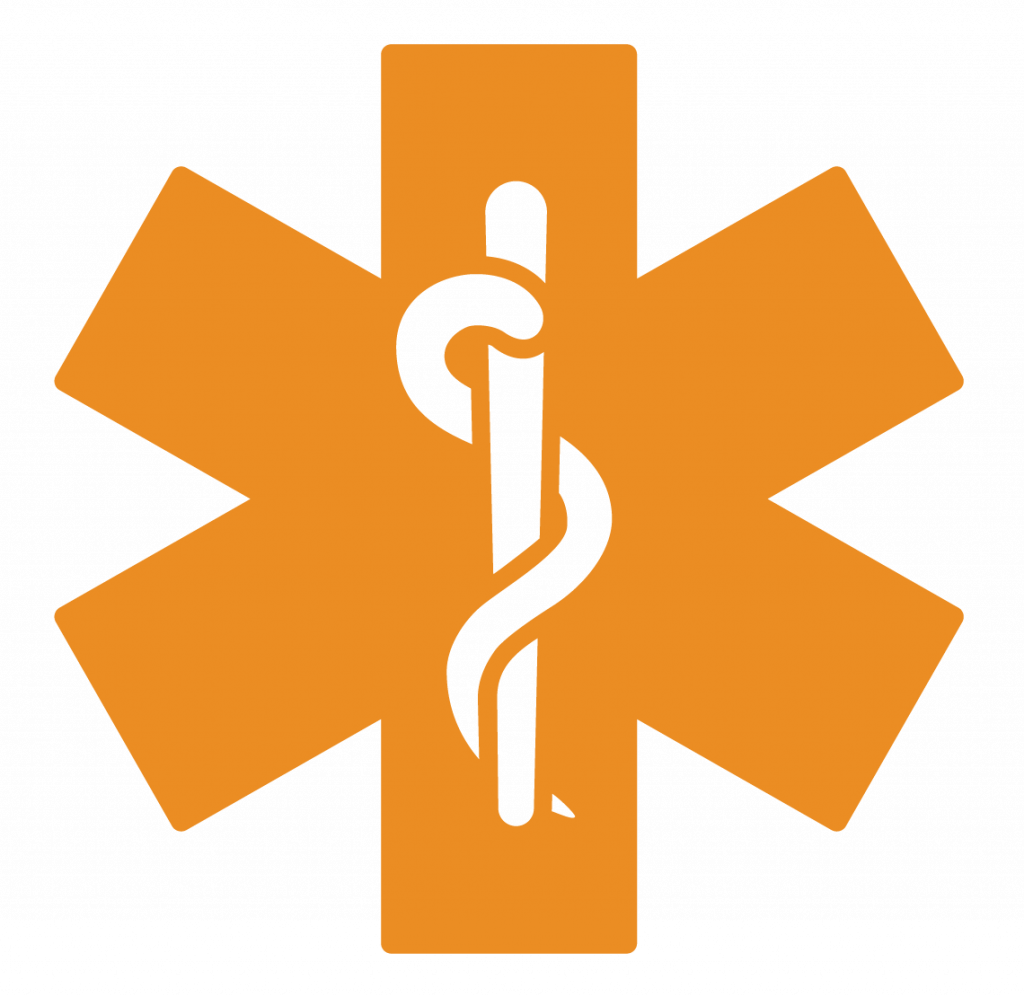To Buy Strattera Online Visit Our Pharmacy ↓
 Strattera for Adults: What You Need to Know
Strattera for Adults: What You Need to Know
Understanding How Strattera Works in Adults
Unlike traditional stimulant medications, Strattera (atomoxetine) targets norepinephrine—a neurotransmitter linked to attention and self-control. By increasing norepinephrine levels in the brain, it helps regulate impulses and enhances focus, making it easier for adults to manage their daily responsibilities. Strattera’s unique mechanism means effects may build gradually, with symptom improvement typically noticed after several weeks.
Adults may experience improvements in concentration, organization, and emotional control. This gradual effect underscores the importance of patience and regular communication with your healthcare provider during the adjustment period. Since Strattera is non-stimulant, it generally avoids the highs and lows associated with stimulant medications.
| Feature | Benefit for Adults |
|---|---|
| Non-stimulant mechanism | Lower risk of abuse and addiction |
| Gradual onset of effects | Steady symptom management over time |
Key Differences from Stimulant Adhd Medications

While most ADHD medications rely on stimulating chemicals like dopamine, strattera takes a completely different approach. Instead of triggering the brain’s reward circuit, it subtly increases norepinephrine levels, boosting attention and focus in a smoother, more gradual way. This means for adults who might be sensitive to stimulants or have other conditions, strattera can be a gentler alternative.
Unlike stimulants, strattera is not considered a controlled substance. There’s no risk of dependency, which reduces concerns about misuse and simplifies prescription refills. The gradual onset also tends to avoid the “peaks and crashes” that some experience with fast-acting medications.
Strattera’s effects build up over a few weeks, rather than delivering an immediate boost. This requires a bit more patience, but it leads to a more consistent effect throughout the day and night.
For many adults seeking non-stimulant options, strattera opens the door to effective ADHD management with a unique therapeutic profile. With regular monitoring and communication with a healthcare provider, most can find the right balance for long-term success.
Common Side Effects and How to Manage Them
For many adults, starting strattera can be a new journey with both hopes and concerns. Some people might notice early effects like dry mouth, decreased appetite, or mild stomach upset. Others could experience sleep changes or headaches in the first weeks. Fortunately, these symptoms often fade as your body adjusts.
Staying hydrated, eating small meals, and taking strattera in the morning may help ease discomfort. If side effects persist or become troublesome, it’s smart to consult your healthcare provider to discuss adjustments or additional strategies.
Who Makes a Good Candidate for Strattera?

For adults exploring alternatives to traditional stimulant ADHD medications, Strattera can offer a valuable solution. Because it’s a non-stimulant, this medication is often considered for individuals who have a history of substance use, intolerance to stimulants, or pre-existing medical conditions such as heart problems. Its unique mechanism—focusing on norepinephrine rather than dopamine—makes it suitable for those who may not have found relief with stimulants or experienced undesirable side effects.
A physician may also suggest Strattera to adults experiencing significant ADHD symptoms that disrupt work or relationships but want to avoid the potential for misuse associated with stimulant drugs. Those with anxiety or sleep disorders sometimes benefit from Strattera’s different side effect profile, which may be less likely to exacerbate anxiety or cause insomnia than some alternatives.
Ultimately, the ideal candidate for Strattera is determined through close consultation with a healthcare provider. Factors like medical history, current health, and previous medication trials all play important roles. By openly discussing your symptoms and concerns, you and your provider can decide if Strattera aligns with your treatment goals and lifestyle needs.
What to Expect When Starting Strattera
When beginning Strattera, many adults notice its effects don’t appear overnight. Unlike stimulant ADHD medications, Strattera may take several weeks to start working. During the first days, some people feel mild side effects such as dry mouth or stomach upset, while others may just feel a bit “off” as their body adjusts to the new medication.
It's helpful to track any physical or mental changes, as this information can guide dose adjustments with your healthcare provider. Expect to revisit your doctor for follow-up appointments, especially in the first month, to monitor progress and address side effects.
Patience is key. You might experience subtle improvements at first, like better focus or decreased impulsivity, but these can gradually build as your system adapts. Staying in close communication with your medical team will ensure a safer and more effective Strattera experience.
| Timeline | What to Watch For |
|---|---|
| First Week | Mild side effects (nausea, fatigue), little change in symptoms |
| Weeks 2-4 | Possible gradual improvements, continued monitoring needed |
Tips for Maximizing Success on Strattera
Consistency is essential when beginning Strattera. Take it at the same time daily to maintain stable levels in your system and follow your doctor’s instructions carefully. Patients often find it helpful to set reminders or incorporate the medication into a daily routine, such as with breakfast. Open communication with your healthcare provider is also key—report any side effects, changes in mood, or sleep disturbances promptly.
Transitioning onto Strattera isn’t always immediate; some people may wait several weeks before feeling the full effects. Patience and tracking symptoms in a journal can help you and your provider adjust the dosage if needed. Consider pairing medication with behavioral strategies, healthy diet, regular exercise, and good sleep hygiene for the best outcome. For more in-depth information, visit the National Institute of Mental Health or see the prescribing information from the U.S. FDA.












